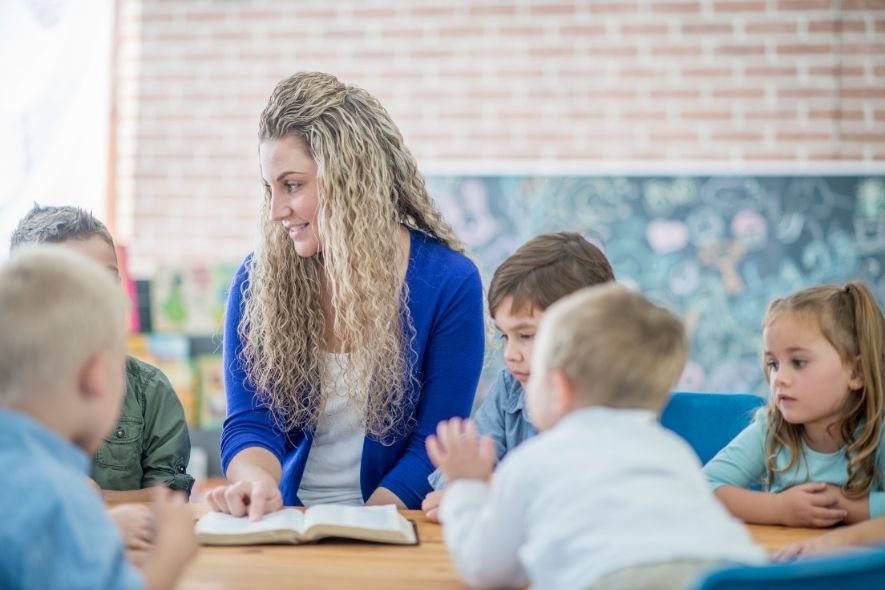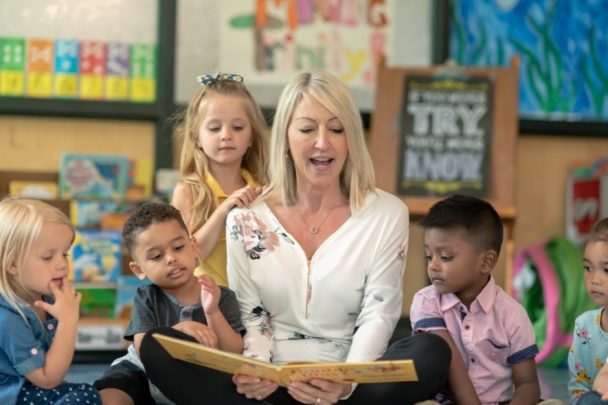How can books heal the soul?

Picture yourself at the library in ancient Alexandria in Egypt or at the Abbey Library of St.Gallen in Switzerland or at the library of Milies village in Pilion, Greece. As you approach the entrance of all three famous libraries your eyes are drawn to the inscription written in Greek above the entry: “ ΨΥΧΗΣ ΙΑΤΡΕΙΟΝ/ΨΥΧΗΣ ΑΚΟΣ” (The Healing Place of the Soul), acclaiming the power of literature to heal the soul.
But what does a library have to do with healing? How can books heal the soul?
People of all times have cherished books for their value in adding quality to life through communication, education, contemplation, and therapy. It is no secret that books have long been used as primary sources of entertainment, instruction, and healing. Accordingly, the practice of bibliotherapy dates back in time as a method of guided reading that helps individuals gain an understanding of themselves, learn from others, or find solutions to problems.
Historical records from centuries ago point to the longstanding application of bibliotherapy. The first documented use of bibliotherapy as an intervention technique was recorded in 1840.
Initially, though, bibliotherapy was used mainly for the remediation of emotional difficulties in adults but during the second half of the 19th century, the theoretical background and practical applications of bibliotherapy greatly expanded. Nowadays, bibliotherapy is considered “an emerging strategy that can be used not only for clinical problems but also as a technique for helping children handle developmental needs” (Pardeck, 1986). It consists of three fundamental processes, namely: Identification, Catharsis, and Insight.
The three fundamental processes

Identification
Identification begins with the acquaintance between a reader and a character (or situation) in a story. This process may expand one’s view of self or reduce one’s sense of being different from others.
Catharsis
Catharsis builds upon identification. It happens when readers share and indirectly experience feelings and conflicts presented in the story. Readers often identify themselves with the protagonists and thus gain insight into the motives of their own behavior. After releasing emotional tensions, individuals become better able to apply what they have learned to their own similar situations, resulting in insight.
Insight
Insight takes place when readers see themselves in the behaviors described in the story. Insight targets an individual’s specific problem and brings issues to the surface so they can be addressed.
Applications of Bibliotherapy with children

Contemporary teachers have to deal with a wide range of social, emotional, and economic issues (including self-identity, independence, and self-worth issues) at all grade levels. On the other hand, students may find themselves challenged by many stressors including bullying, poverty, health issues, prejudice, grief, depression, learning or physical disabilities, or risky behavior issues. Other issues may also involve parental mental illness or death, divorce, suicide, adoption, or violence.
Using bibliotherapy with children can enhance the probability of their success both academically and socially, as well as foster resilience.
Bibliotherapy can be practiced by teachers providing students with books focusing on a problem that the children are facing. Teachers should be sure that there is an appropriate match between the children and the reading materials. The book or books should be at the student’s reading level and deal with presenting a problem in a realistic way while being sensitive to their emotional and developmental needs. When teachers read a book aloud to a group of children confronted with similar problems, this process not only helps them solve problems but also provides them with an opportunity for developing a trusting relationship with their teachers.
Presentation of Bibliotherapy in the classroom
Once the appropriate book is chosen, the prepared lesson plan is implemented. In the classroom, the group approach is more advantageous than an individual approach for many reasons: it is less time-consuming, more natural, and it allows students to share common experiences and experience less anxiety. Students feel a sense of belonging and security, and everyone is able to develop different perspectives and new understandings of the problem. Teachers are encouraged to listen carefully to what each student has to say and facilitate their participation in the discussion about the story, asking comprehension questions, helping students make predictions and brainstorm solutions to possible problems the characters face.
In addition to the previous activities, critical thinking, role-playing, reflection, and problem-solving could further reinforce the outcomes of the bibliotherapy session. Finally, for the follow-up part of the process, students could write a new story or rewrite the story based on new choices or a different outcome or ending, compare decisions made by the characters and decisions they would have made, or write their reflections in their journal.
Problem-solving through literature can be an effective intervention. Teachers, in collaboration with school counselors, librarians, and administrators, can evaluate student writings and note personal, academic, social, and behavior areas that need to be addressed.
Positive and negative effects of bibliotherapy

Self-expression, reflection on one’s own thoughts and feelings, and revelation of new solutions to problems are some of the skills students can gain when practicing bibliotherapy. Nevertheless, teachers should be aware of possible pitfalls when implementing bibliotherapy in their classes. Not all students enjoy reading and some of them may have difficulty in reading while some others may be defensive and unwilling to discuss their problems because they feel uncomfortable with the situation.
Summary
Research has shown that bibliotherapy is a successful method that helps nurture understanding and empathy for children while reinforcing self-awareness. Quality children’s books in the hands of responsible and caring teachers can become a powerful tool for the promotion of their students’ mental and physical well-being, as well as cognitive and social-emotional development.
Are you interested in finding out more about Bibliotherapy? Check out our new self paced online course ‘One Book at a Time: Introducing Bibliotherapy in Primary Education‘

